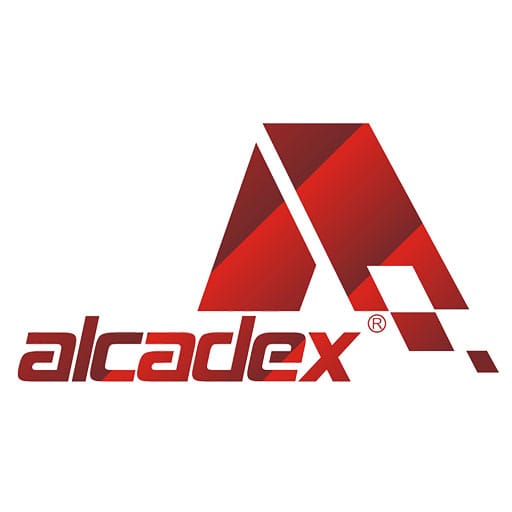
06 Jan Aluminium Composite Panel Types In Modern Application
Table of Contents
Aluminum Composite Panels (ACP) have become a mainstay in the construction and design industry. Offering a combination of aesthetics and functionality.
ACP can be classified based on their core material, thickness, surface finish, fire resistance, and application. These include special thicknesses, various surface finishes, fire-resistant and flame-retardant options. And a wide range of application areas such as cladding, interior decoration, signage, and furniture.
This article aims to explore various types of ACP. Their main characteristics, and their applications, providing a comprehensive understanding of this versatile material.
What are ACP?
Aluminum Composite Panels (ACP) are flat panels constructed in a sandwich structure . With two aluminum sheets bonded to a polyethylene core through a high-temperature process. They are renowned for their lightweight, durability, and resistance to environmental factors.
Based on Thickness, ACP Panels can be divided into:
- 2mm ACP is commonly used for the back panel of advertising light boxes.
- 3mm ACP is often used for indoor wall decoration and shop frontage decoration.
- 4mm ACP is frequently used for cladding of buildings, both internal and external.
- 5mm ACP is often used for cladding of buildings. Especially for those requiring high resistance to windblown impact, such as coastal structures.
Special Thickness ACP: Customized according to specific project requirements.
Types of ACP Panels based on Surface Finish:
1. Solid Color ACP: Such as white or black ACP, offering a consistent, smooth color that is ideal for signage and cladding.
2. Metallic ACP: Such as metallic gray or metallic silver ACP. With a distinct metallic sheet effect. Perfect for high-rise building walls with a modern aesthetic.
3. Wood Grain ACP: Available in a variety of styles. With surface textures mimicking natural wood, suitable for furniture and interior decoration.
4. Marble Finish ACP: With a texture similar to marble, suitable for high-end indoor and outdoor applications.
5. Brushed Finish ACP: With a metallic brushed texture, ideal for modern cladding and partitions.
6. Mirror Finish ACP: High-definition mirror effect, commonly used in specific required scenes.
Types of ACP Panels based on Fire Resistance:
1. A2 Fire-resistant ACP:
Core material meets A2 fire rating requirements. Suitable for high-risk areas as it does not contribute to the spread of fire.
2. B1 Flame-retardant ACP:
Core material meets B1 flame retardant standard. B1 acp can effectively limit the spread of fire and smoke release, making it an ideal choice for public buildings and hospitals.
Aluminium Composite Panel Advantages:
– Durable and low maintenance cost
– Lightweight and cost-effective
– Versatile in design applications, widely used in construction and design.
What are ACP Panels used for?
– External Cladding: Enhance the visual appeal and thermal insulation of buildings.
– Interior Decoration: Add elegance to walls, ceilings, and partitions.
– Box Back Panels: Such as advertising light boxes and various box-type back panels.
– Signage: Durable and aesthetically pleasing option for outdoor signage.
– Furniture: Lightweight and versatile material for furniture making.
– Construction Projects: Unique design possibilities and cost-effectiveness.
Conclusion:
ACP panels are a versatile and innovative material widely used in the construction and design fields, offering numerous advantages. Understanding the different types of ACP. Their classifications, and applications can help professionals make informed decisions for their projects. With their wide range of finishes, fire ratings, and durability, ACP continues to revolutionize our approach to construction and design.


